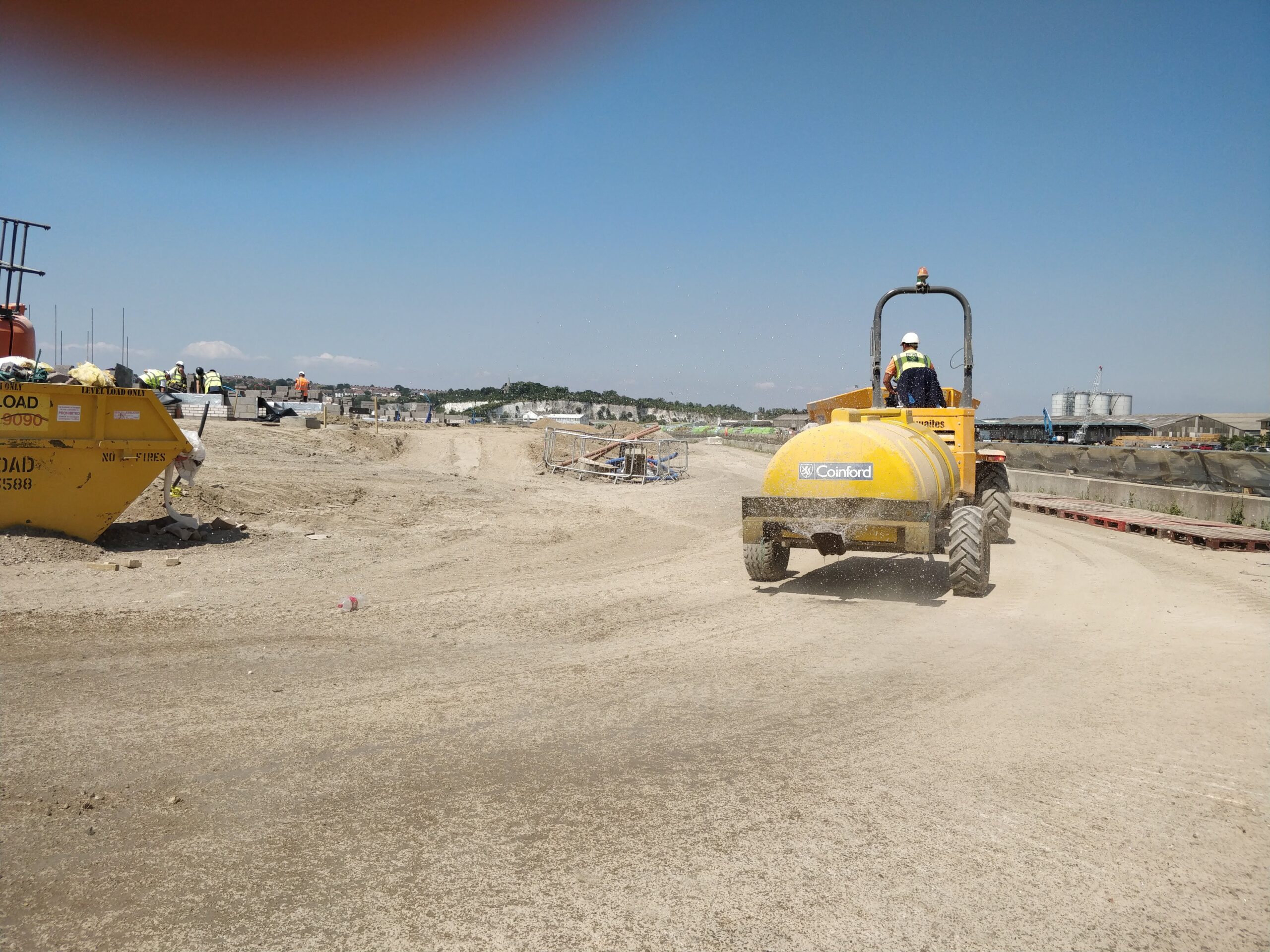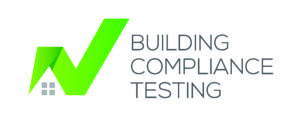
Dust Monitoring
This essential practice assesses the levels of dust and its potential impact on air quality, worker health, and the surrounding environment. It aims to ensure compliance with regulations, mitigate health risks, and prevent dust-related nuisances, offering a safer and cleaner construction environment.
Dust Monitoring
Monitoring during both demolition and construction activities is essential to ensure that the potential risks and effects of dust are effectively managed and minimized based on their likelihood.
Dust monitoring is a vital component of comprehensive environmental monitoring programs, offering measurement and analysis of dust conditions in and around construction sites, which is of increasing importance globally due to the growing awareness of environmental health and air quality; such monitoring is essential for protecting the health of workers and nearby residents, as overexposure to dust can lead to severe health issues, and regulatory frameworks like the Control of Substances Hazardous to Health Regulations 2002 (COSHH) address the risks associated with construction dust; specialized equipment is used to monitor various particle sizes, including PM1, PM2.5, PM10, and Total Suspended Particulate, with MCERTS certification ensuring accurate environmental emission monitoring and promoting proactive dust management measures.
Dust monitoring is employed in various settings and services, including:
- Demolition and ground works
- Construction and remediation dust monitoring
- Fence-line monitoring
- Quarry and mine operations
- Port and bulk handling terminals
- Waste management and landfill sites
- Brownfield developments
On construction sites, dust monitoring involves the measurement and analysis of dust levels within and around the site. Overexposure to airborne dust is known to cause significant health problems, making it a critical aspect of worker and public safety. Local authorities frequently stipulate the need to monitor dust levels on construction sites to ensure the protection of employees and nearby residents.
Under Part III of the Environmental Protection Act 1990 (EPA), local authorities are mandated to inspect their areas to detect statutory nuisances, including dust, and take necessary actions to investigate and address complaints of nuisances that may be prejudicial to health.
Guidance from the Institute of Air Quality Management (IAQM) outlines monitoring protocols and techniques, based on the risk rating of the construction or demolition site, which is derived from an assessment of dust emissions. The IAQM also recommends real-time measurement site action levels to be used for monitoring. Mayor’s Supplementary Planning Guidance (SPG) provides additional site monitoring protocols based on the risk category of the site.
Building Compliance Testing utilises advanced equipment to continuously monitor dust levels during construction and demolition phases in real time. The equipment measures particulate matter, including PM1, PM2.5, PM10, and Total Suspended Particulate. Automatic alerts via SMS and email are generated if predefined dust limits are exceeded, allowing for immediate corrective actions.
The specialized equipment used for dust monitoring requires regular testing to maintain accuracy. Some sites opt for additional features, such as visual and audible traffic light systems, to enhance safety. Building Compliance Testing’s equipment is MCERTS certified, providing confidence to the Environmental Agency regarding accurate environmental emissions monitoring.
Educational talks can be organised by Building Compliance Testing to promote worker and contractor compliance, fostering high standards of compliance and minimizing complaints from residents and businesses.
The scope of dust monitoring can vary from one project to another, and Building Compliance Testing tailors proposals to meet specific requirements. To request a proposal and quote, you can contact Building Compliance Testing directly via their contact us page or by calling 01621 493594.
Other Services
We can also offer a variety of other specialist services through our Partners, including:
– Desktop Screening Assessments
– Project-Level Habitat Regulation Air Quality Assessments
– Diffusion Tube Studies and Real-time Monitoring of PM10 and PM2.5
– Construction Environmental Management Plans (CEMP)
– Air Quality Dust Risk Assessments (AQDRA)
– Construction Environmental Monitoring
Don’t worry, we don’t charge for advice given over the phone, so why not ask for a free quote?
01621 493 594 | contact@buildingcompliancetesting.com
Let's Talk About Your Project?
Questions? We've Got Answers!
Find below a list of common frequently asked questions about Air Permeability Testing.

